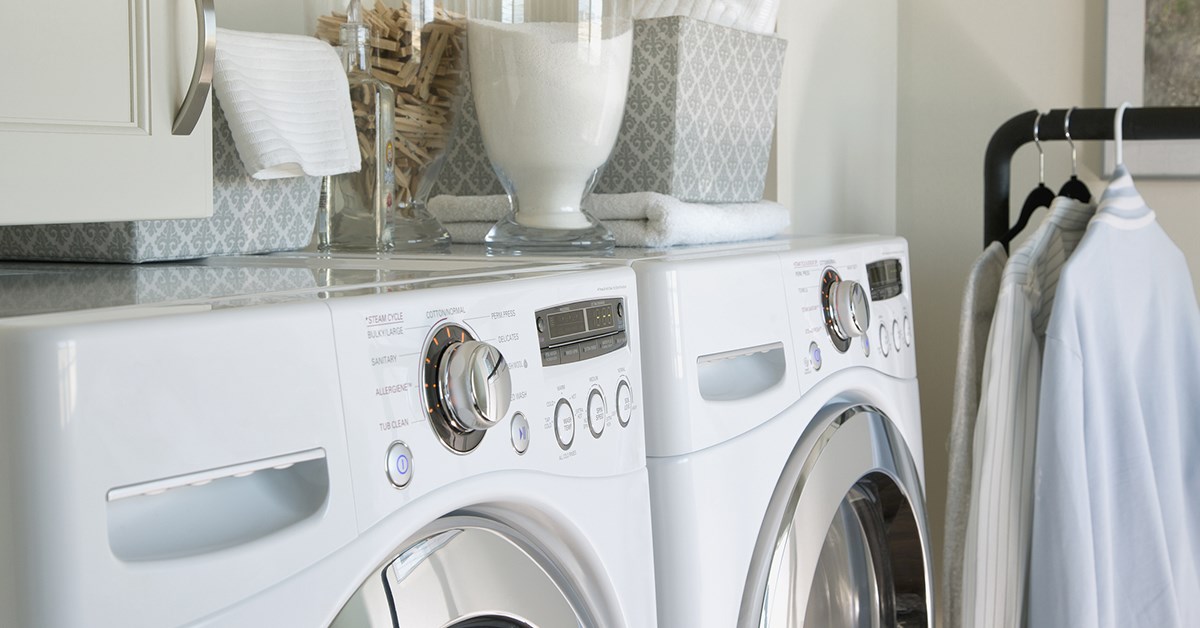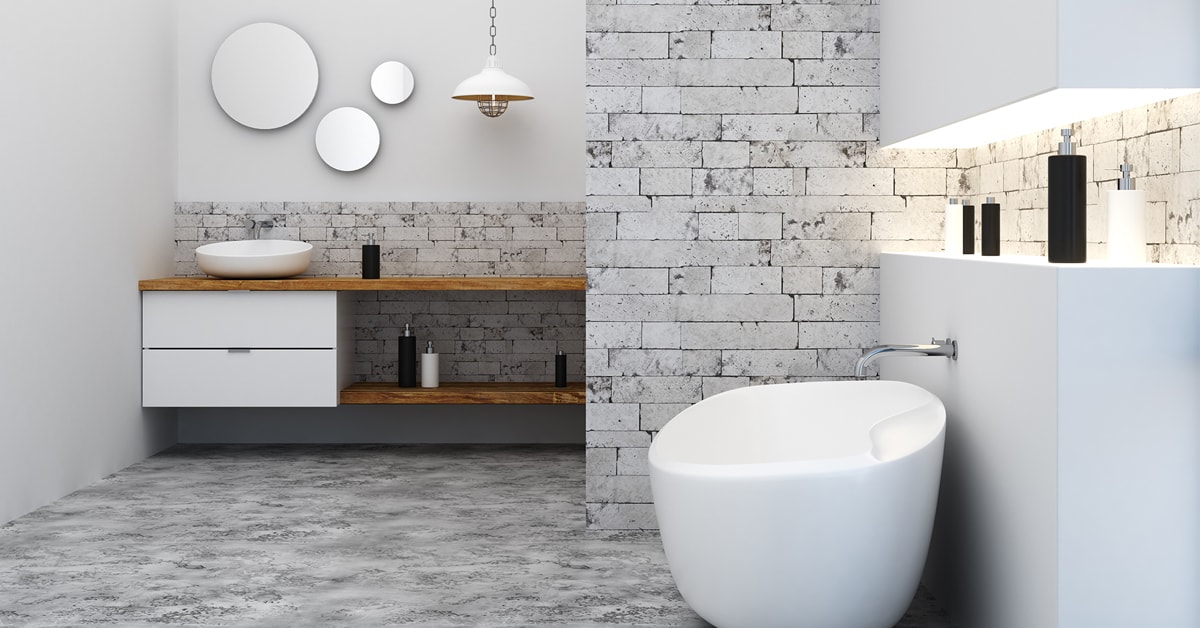Planning your laundry room
The design of an efficient multipurpose laundry room starts with good planning and by clarifying some key elements:
- location of the room in your home
- needs of every individual
- budget and work involved.
Location of the space
- For optimal efficiency and for getting chores done, place the laundry room close to the hub in the home. You’ll cut down on the number of steps needed to carry out daily tasks and help declutter your other rooms.
- Think of the proximity to plumbing and the hot water tank
- If you set up your multipurpose room just steps from the entrance used most often, you can double it as a mudroom or entryway to the rest of the house. By filtering the morning and evening traffic, you can say goodbye to coats and school bags strewn over the floor or sports bags no one knows where to put!
- Located close to the kitchen or bathroom will reduce the back and forth movement between these rooms.
- If placed in the basement, it takes more steps to get there, but keeps the noise of appliances at a distance.
- If you don’t have an extra room, a well-designed closet does the job. With smart storage solutions and customized lighting, you can have a practical laundry space.
Needs
It is essential to define the needs and expectations of the members of your household. You then must assess your options in relation to your available space. This step is crucial to the success of your project.
Consider the following elements:
- The number and age of family members: A family with young children does a lot of laundry. You need to facilitate sorting clothes and increase the number of laundry baskets.
- The type of activities and hobbies: Sports or work clothing piles up, requiring space for drying and airing. Reserve a corner for crafts and scrapbooking.
- Storage for Work: A workstation, including a designated area for recharging cellphones and sorting paperwork and bills. By grouping all of this in one spot, papers won’t be lost or
- Storage for everything else: For cleaning products, out of season clothing, Christmas decorations and more.














